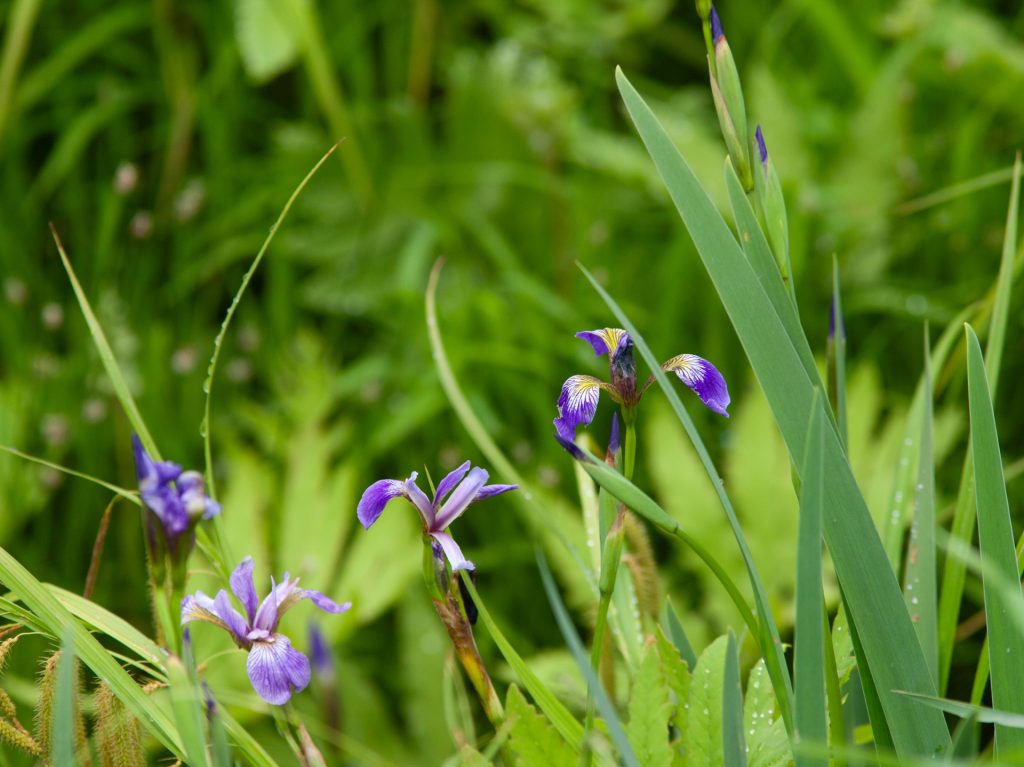
Photo: Jennifer Clifford – iNaturalist
Lyonia ligustrina is commonly known as Maleberry or, on iNaturalist as He-Huckleberry. It is related to blueberries and huckleberries, but is extremely rare in Canada. In fact there is only one known site which is about 40 minutes outside Yarmouth. Several members have been to see the plant, but not when it has been in bloom – so this is a field trip to the known site to try to find it in bloom.
It is a bit tricky to find the road entrance to the Maleberry, so Peter and Charles have suggested we all meet at the Petro-Can in Tusket at 10:00AM on Saturday July 19 and head off together from there. Exit Highway 103 at exit 33 and head south on highway 308 for a short distance to the Petro-Can on the left.
It is suggested that people travelling a distance stay overnight at the Comfort Inn in Yarmouth on July 18 (or another place of your choosing). For those staying overnight in Yarmouth on Friday or living nearby, we will organize a dinner together.
If you have not already registered, please contact us at novascotiawildflora@gmail.com. Let us know if you will be staying over on Friday and if you will be joining us for dinner.








 Acadia’s annual
Acadia’s annual 







